Aquarius Valley
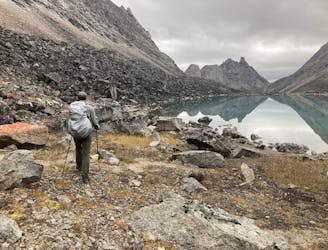
An alpine valley of blue lakes and bare rock, amid unclimbed peaks and beyond the reach of any trails.
Severe Hiking
- Distance
- 12 km
- Ascent
- 784 m
- Descent
- 784 m
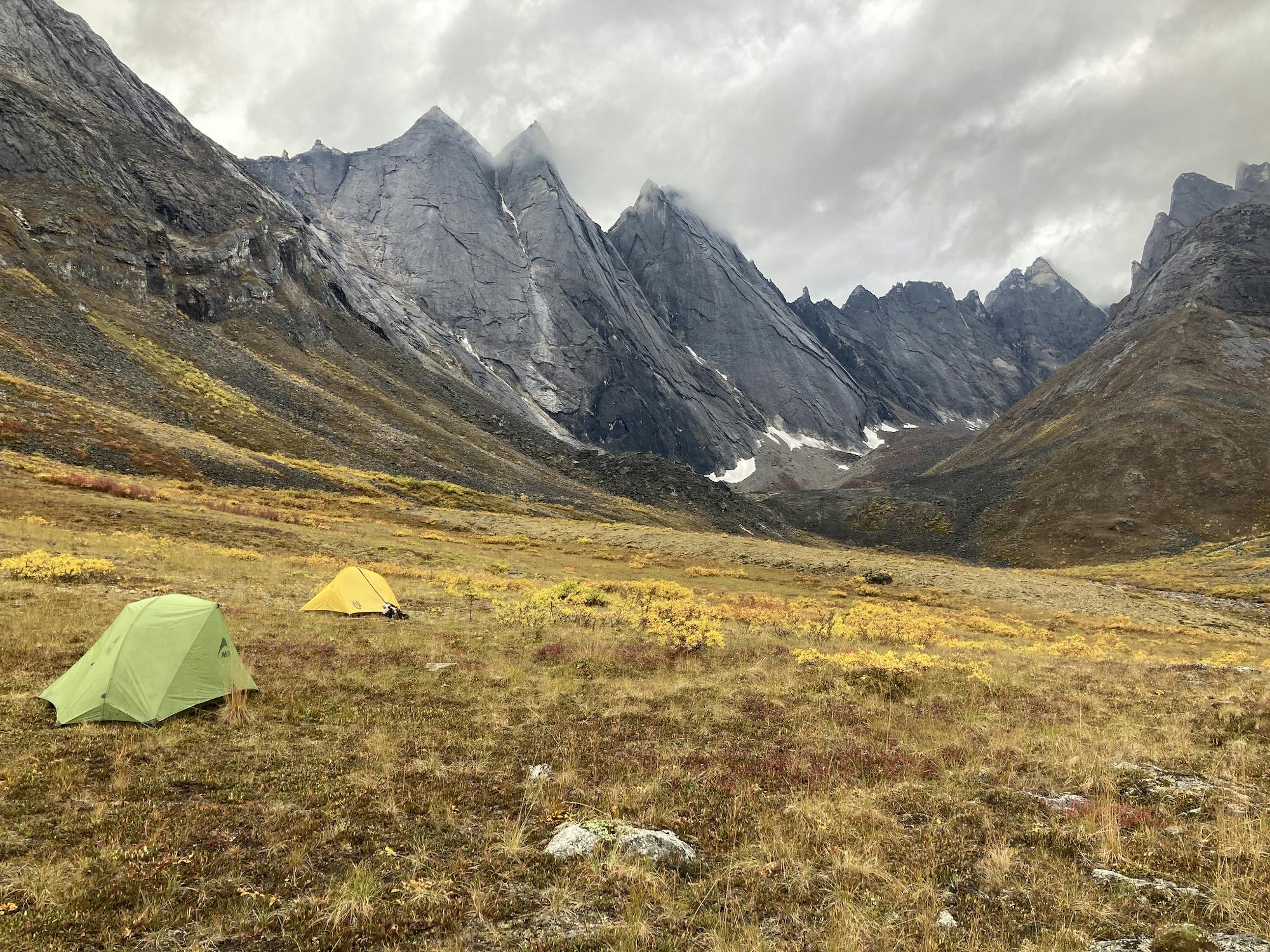
Find adventure inspiration for this vast national park without roads or trails, entirely above the Arctic Circle in Alaska.
Hiking Difficult, Severe, Extreme

Gates of the Arctic National Park and Preserve is one of the largest units in the US national park system, but it remains one of the least visited. Its far-flung location north of the Arctic Circle is just one reason for this. The first challenge is simply getting there; then there’s the sheer wildness and extremes of the landscape––seemingly endless miles of glaciated peaks and sweeping valleys with swift rivers, mucky tundra, and thick vegetation. All this in a place that experiences deep freeze and long darkness in the winter, then never sees the sun set for part of the summer. No roads and no designated trails exist here. The easiest entry is by aircraft, and the only passage through is on foot or by river.
When you’re dropped off in Gates of the Arctic, you’re completely on your own until your plane comes back, whenever that may be. Weather can delay flights for days, and communications short of satellite are nonexistent. It’s just you, your gear, and your wits against all the hazards of wild Alaska––extreme conditions, unpredictable terrain, mosquitoes, and grizzly bears. An exceptional level of self-sufficiency and backcountry skills are required here. It’s been called America’s “black belt park” for its difficulty. And that’s precisely by design.
The very intention of Gates of the Arctic is to preserve the nation’s purest remaining wilderness––to secure a primal challenge for generations of adventurers who wish to take it on. That’s why this guidebook contains no exact gps tracks, and descriptions are cursory on purpose. These are merely suggestions for general routes, modeled on some of the more common excursions that people take in the park. The true possibilities are limitless, as all the terrain is open to exploration by those equipped and capable. Use this guidebook for inspiration and ideas for an itinerary, but expect to do a lot more planning, and perhaps practice and training as well, in order to make a trip happen.

An alpine valley of blue lakes and bare rock, amid unclimbed peaks and beyond the reach of any trails.
Severe Hiking
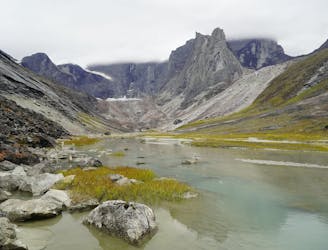
Journey along Arrigetch Creek to its headwaters, among the glaciers at the feet of impossible peaks.
Severe Hiking
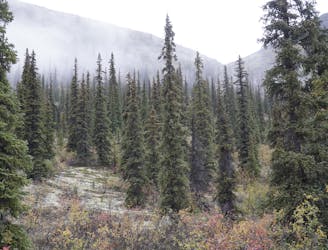
Wild in every sense of the word––the Arrigetch Peaks beckon the adventurous away from civilization and into the heart of the Brooks Range.
Difficult Hiking
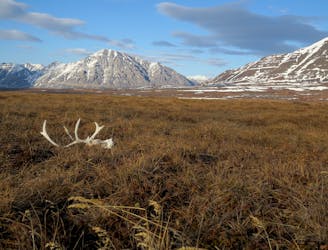
A 4-5 day trek through the central Brooks Range, tracing tundra river valleys among seemingly boundless mountains.
Difficult Hiking
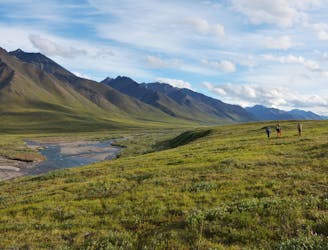
A trek of 4-5 days from the truly remote Oolah Valley to the boundary of civilization at the Dalton Highway, through deserted river valleys of the central Brooks Range.
Difficult Hiking
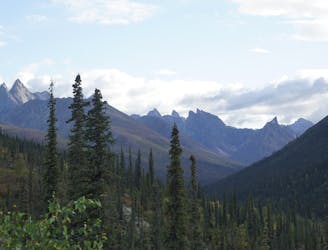
A packrafting loop connecting two rivers and crossing seven alpine passes, circling the famous Arrigetch Peaks of the Brooks Range.
Extreme Hiking
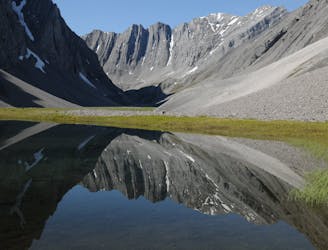
A treasure trove of scenery in the central Brooks Range, obscure in name but familiar in photos from Gates of the Arctic National Park.
Difficult Hiking
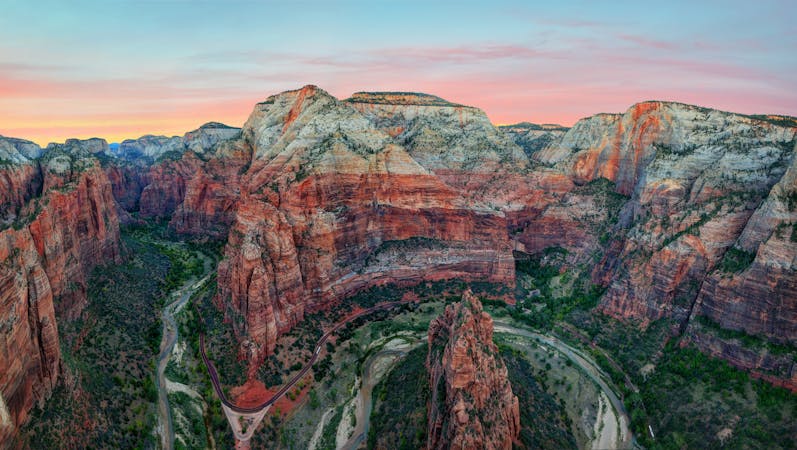
25 routes · Alpine Climbing · Hiking
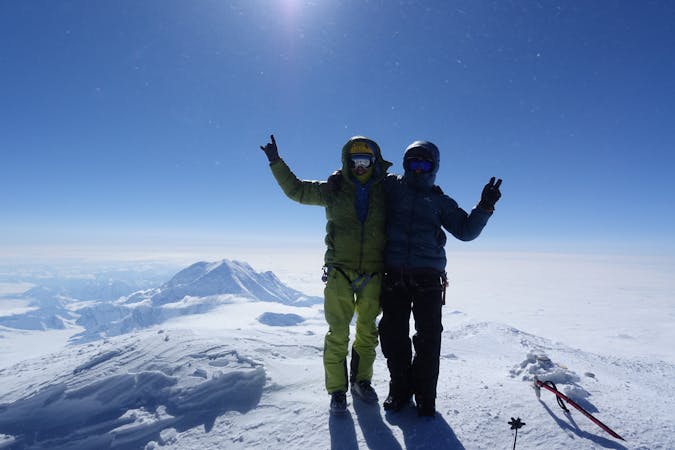
18 routes · Alpine Climbing · Hiking

5 routes · Hiking
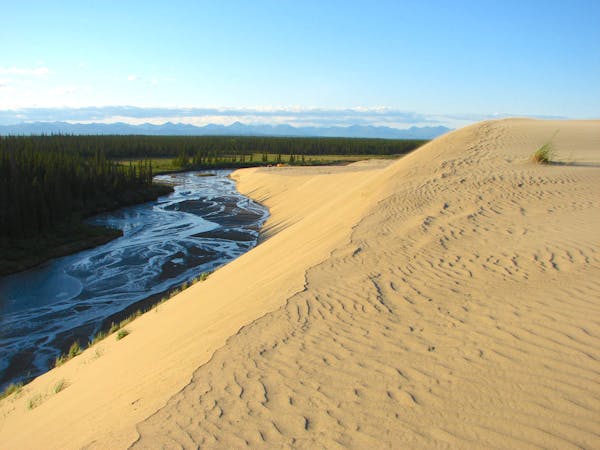
4 routes · Hiking
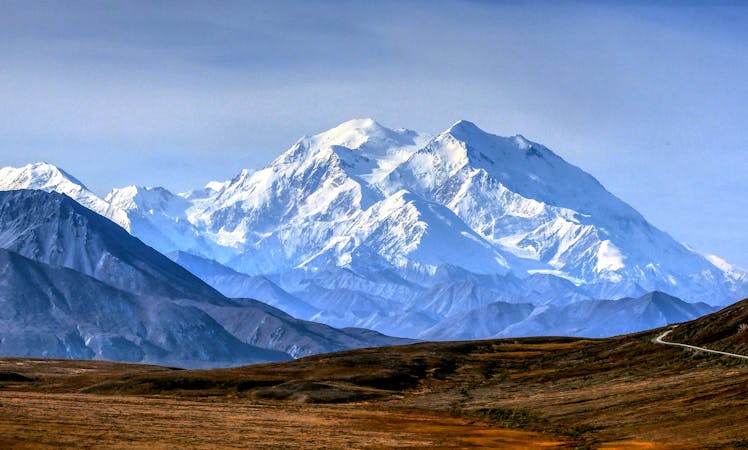
8 routes · Hiking
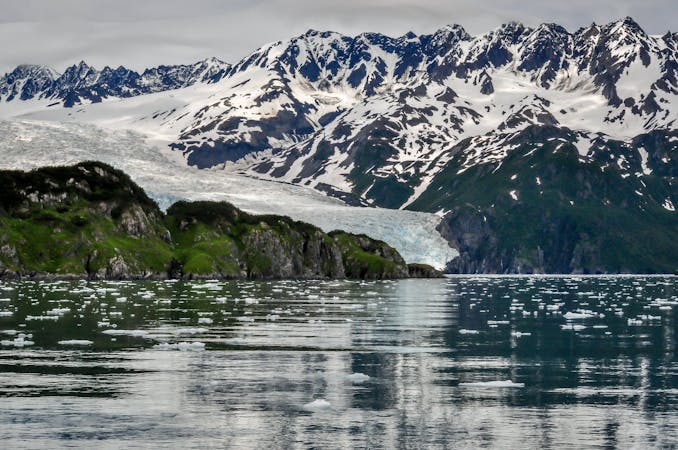
3 routes · Hiking · Ski Touring
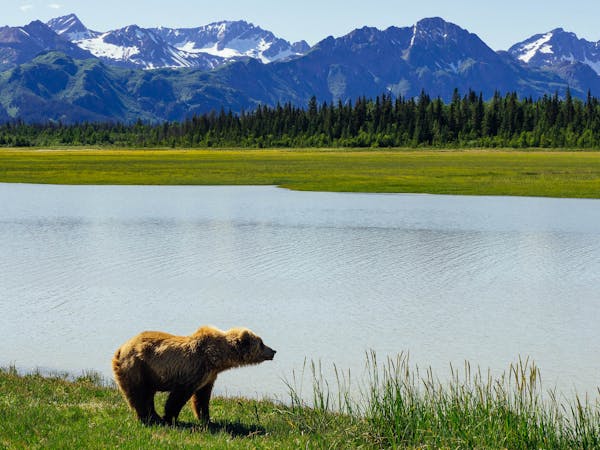
3 routes · Hiking
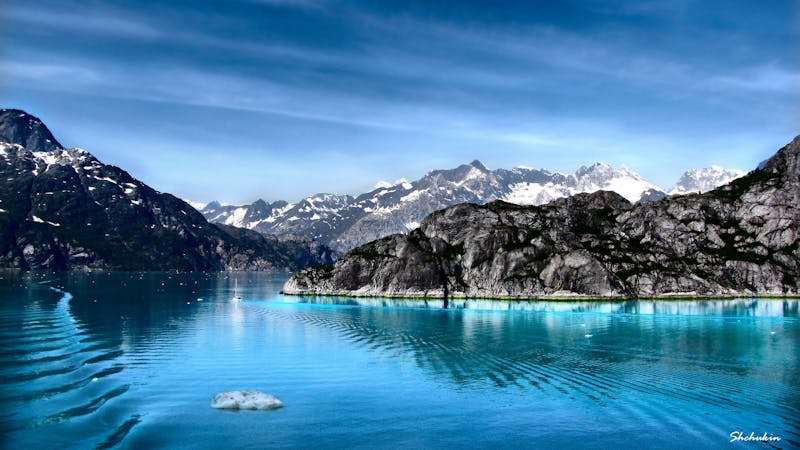
4 routes · Hiking

3 routes · Hiking
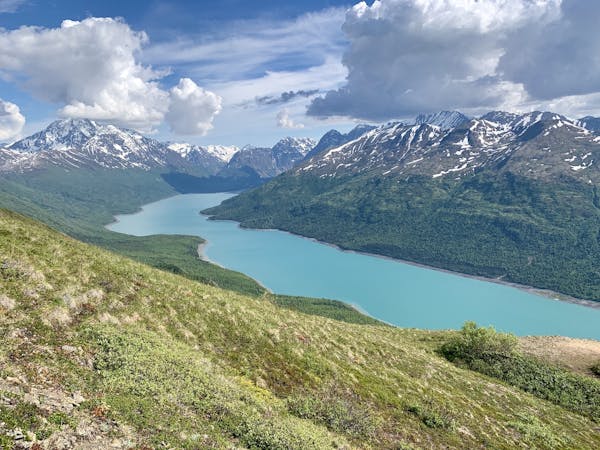
7 routes · Hiking